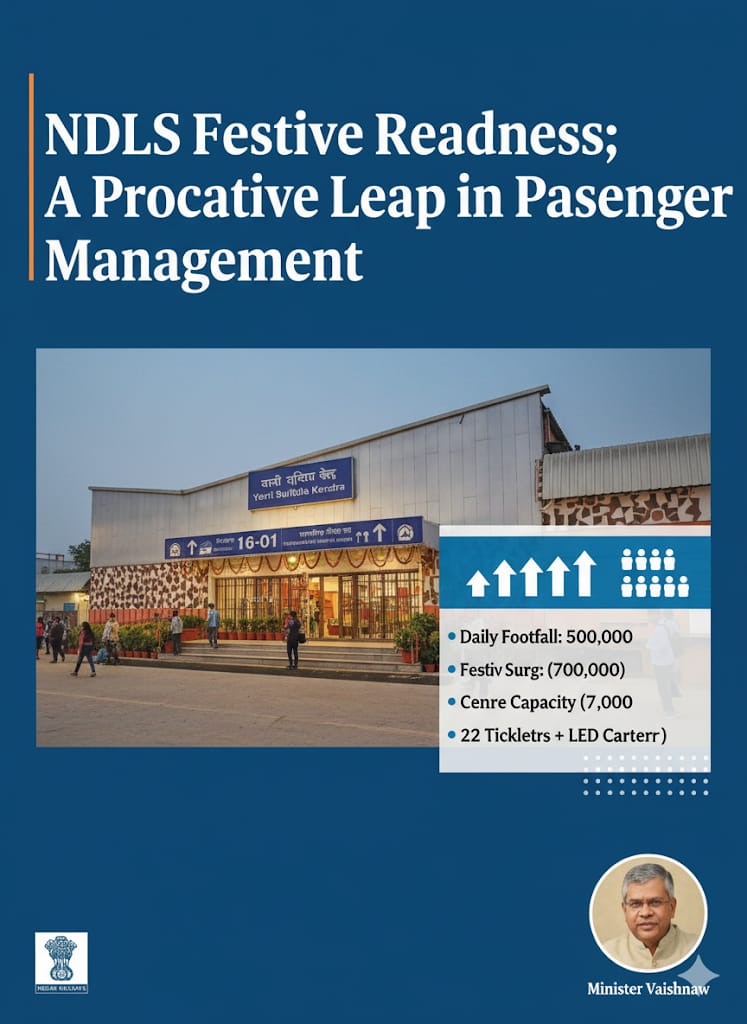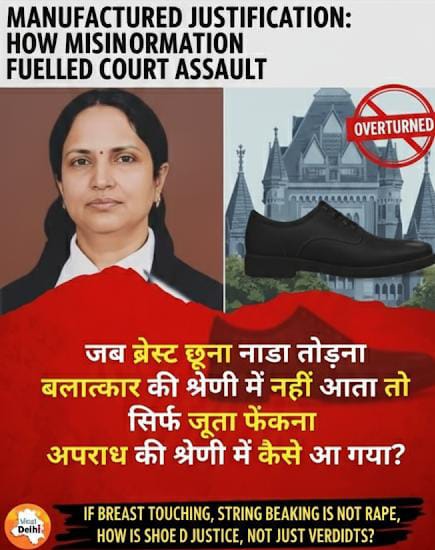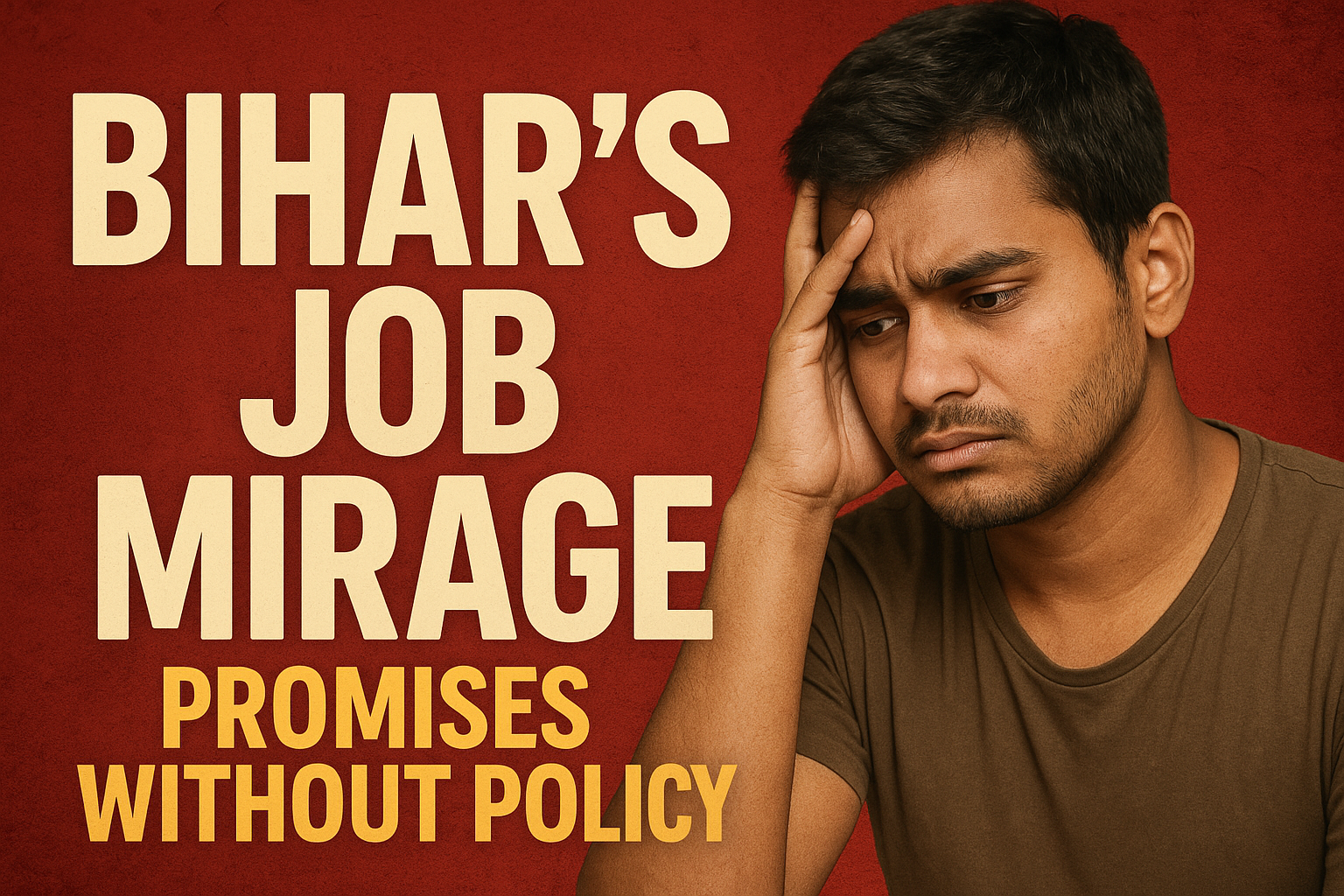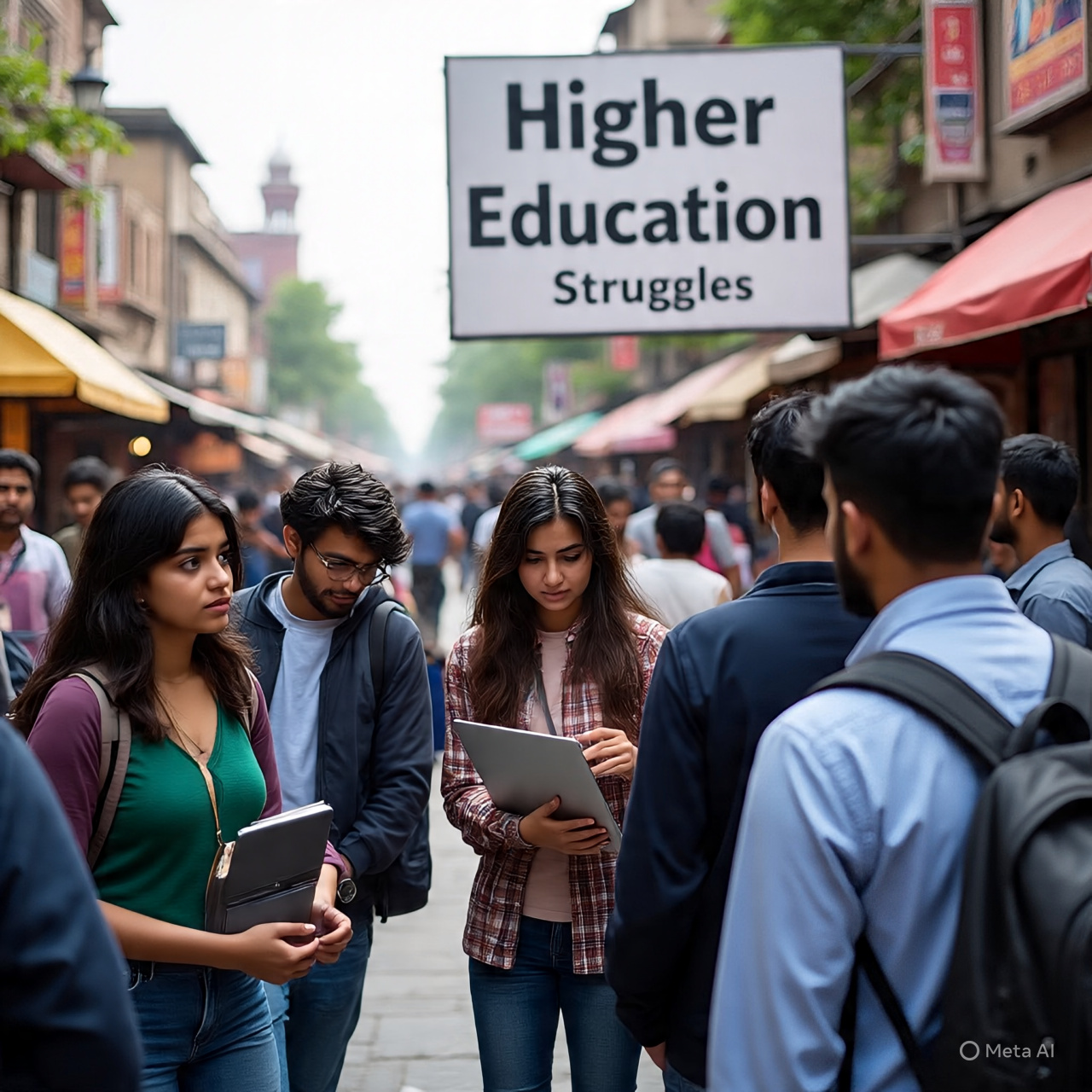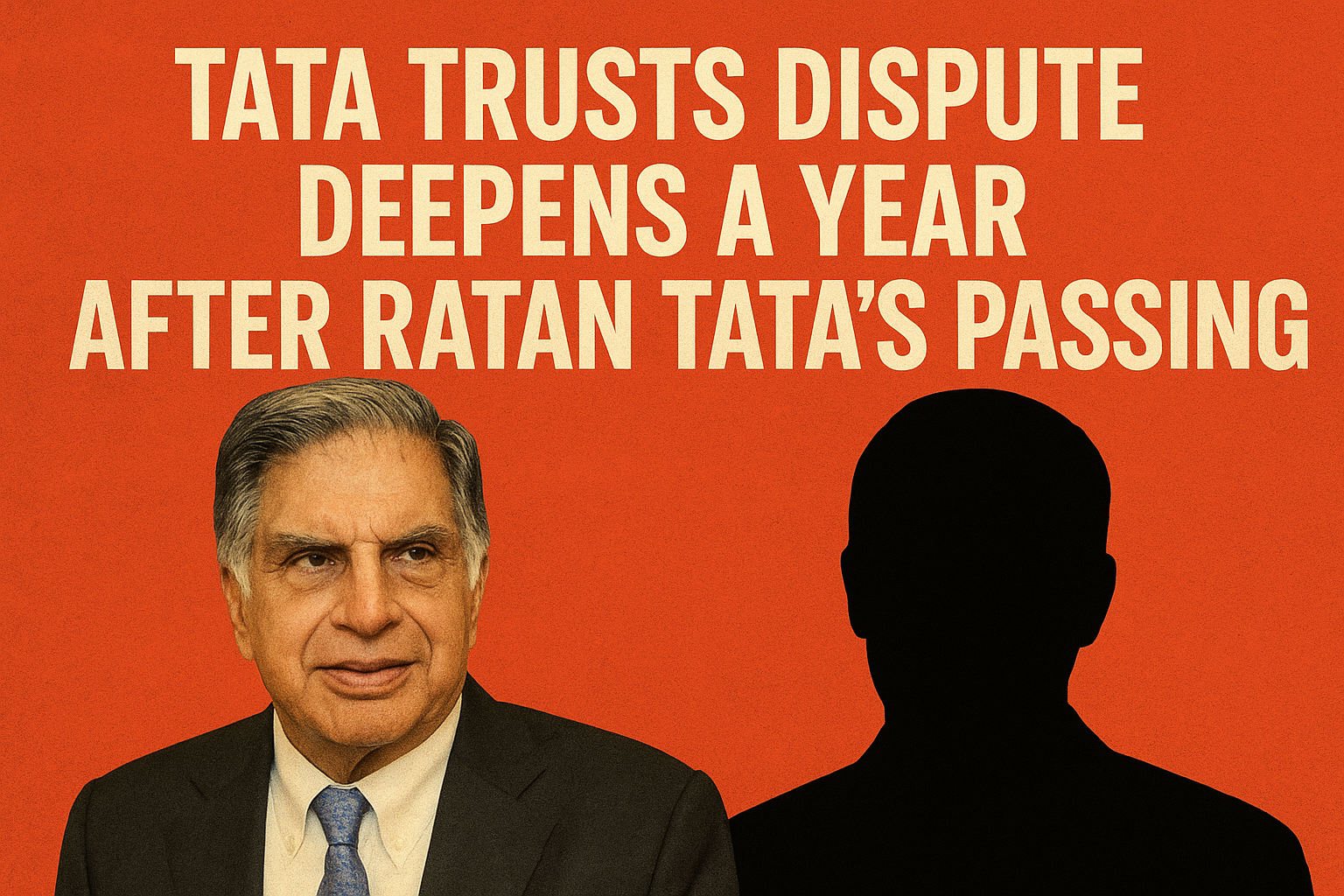
In 2021, Tamil Nadu etched a historic chapter in its long legacy of social reform. The DMK government, carrying the torch of the Dravidian movement, opened temple priesthood—once the near-exclusive domain of Brahmins—to individuals from all castes. With public training institutions preparing 208 non-Brahmin men in Agamic rituals, the move was heralded as a triumph of rationalist ideals over orthodoxy.
Fast-forward to today, and that celebration feels bittersweet.
Of the 208 trained, only two dozen were formally appointed to temple positions. The promise of equality was real—but its implementation remains elusive. Most of these trained priests are now unemployed, underemployed, or stuck in roles that lack formal recognition. Some continue to serve in temples not under the state’s Hindu Religious and Charitable Endowments (HR&CE) department, which essentially sidelines them from secure postings and protections.
This isn't just administrative oversight. It reflects the larger, uncomfortable truth: caste hierarchies, especially in religious spaces, don’t fall easily. Legal access to the sanctum sanctorum does not guarantee social acceptance within it.
For many of these men, the priesthood was more than a career—it was a calling. But instead of stability, many have faced rejection from temple managers, apathy from government officials, and resistance even from their own communities. Ironically, it wasn’t just the Brahminical order that pushed back; fears of social backlash caused hesitation even among those the policy aimed to uplift.
Take for instance some of the appointees who now work informally in temples, performing rituals while being denied due honor or salary. Others were sent to obscure or less-visited shrines, away from public eye and community prestige. A few have gone back to farming, manual labor, or odd jobs—effectively abandoning the priesthood because society simply refused to let them in.
It’s not just about missing paychecks. It’s about being denied legitimacy.
In some temples, these priests weren’t even allowed to touch the idols or perform core rituals. Others were given cleaning duties or peripheral roles, despite having undergone the same training as Brahmin priests. The idea of caste-neutral worship may look clean on paper, but the on-ground reality remains entangled in ritualistic rigidity.
What’s more, the appointment process itself seems clouded in ambiguity. Activists and reformers argue that while the state claimed commitment to inclusivity, many appointments happened behind closed doors, lacking transparency or urgency. Temple administrations, some still under hereditary control, often delay or outright reject non-Brahmin candidates. Fear of offending religious sentiments or upsetting local power structures looms large.
Even the judiciary has played a double-edged role. The Supreme Court upheld the state’s right to appoint priests from any caste, provided they are properly trained. But the Madras High Court inserted a caveat: appointments must not violate Agamic traditions. And therein lies the loophole—because many temple customs are interpreted to favor Brahmin dominance, regardless of training.
This legal ambiguity gives temple trustees enough room to resist change without breaking the law.
Beyond legalese and policy, there’s the deeper emotional and cultural terrain. For centuries, priesthood has symbolized spiritual purity, intertwined with caste identity. To alter this dynamic isn’t just a question of representation—it’s about challenging the core of religious power in Indian society. And that’s not an easy thing to do in three years.
Moreover, non-Brahmin priests themselves are not insulated from internalized caste hierarchies. Some have reported being ridiculed by friends and relatives for stepping into roles traditionally seen as "for others." The fear of being labeled, shunned, or even attacked still keeps many from fully embracing their new roles, especially in conservative towns.
Still, all is not bleak. Voices within the HR&CE department reaffirm the government's intent to push forward. Ministerial statements stress that caste will not be allowed to dictate spiritual access, and that trained priests—regardless of origin—are eligible for appointments. But these words now need firm policy, sustained engagement, and community-level transformation.
The issue isn’t that the policy failed. The issue is that the system wasn’t ready for it.
For real change, temple administrations must not just comply—they must participate. Communities must be educated. Religious authorities must be willing to adapt. Reform isn't just about opening the doors of the temple—it's about making those who enter feel welcome, honored, and equal.
Tamil Nadu has long taken pride in its rationalist roots, from Periyar’s firebrand activism to today’s caste-inclusive policies. But the struggle over temple priesthood shows that breaking a thousand-year-old tradition takes more than government orders. It takes reimagining the very structure of belief, power, and privilege.
Until then, young men trained in faith will continue to wait outside the sanctum—not because they're unworthy, but because society still can't bear to see them inside.




.jpeg)
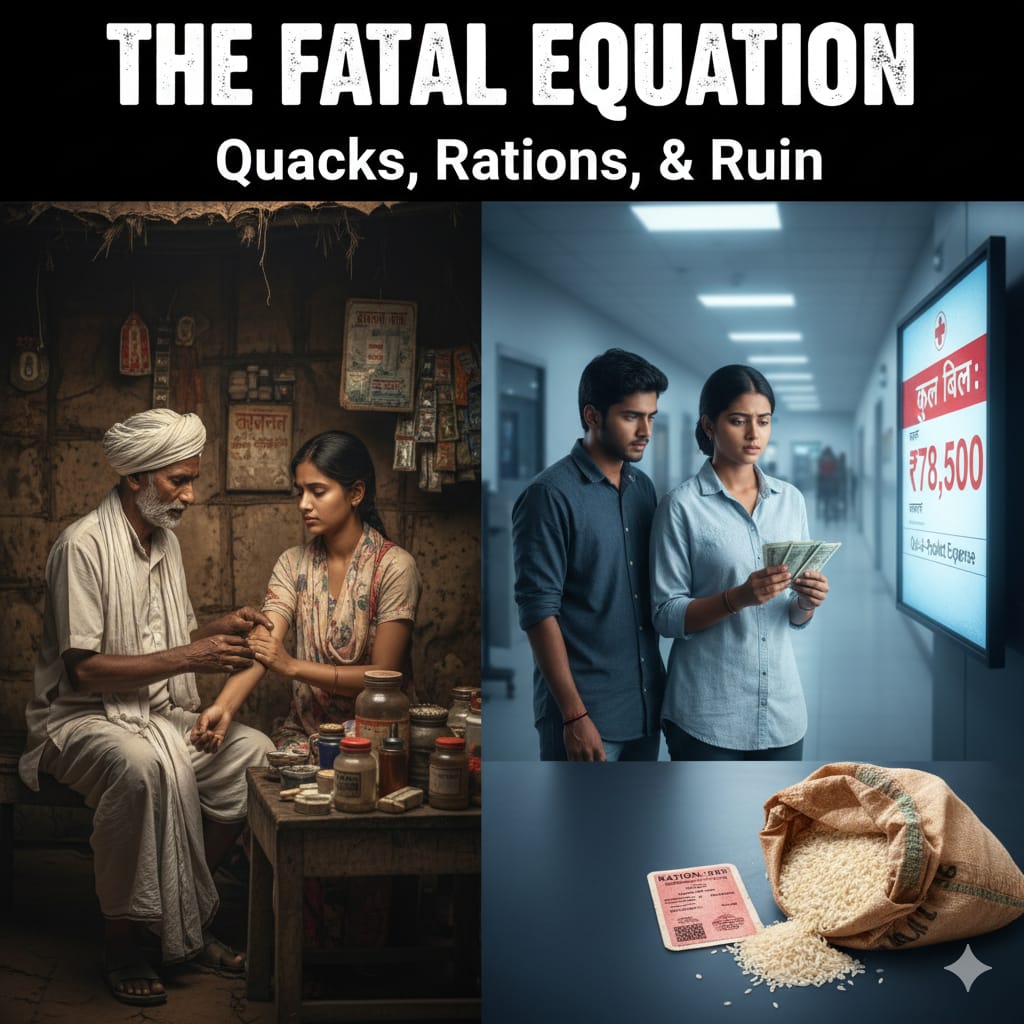
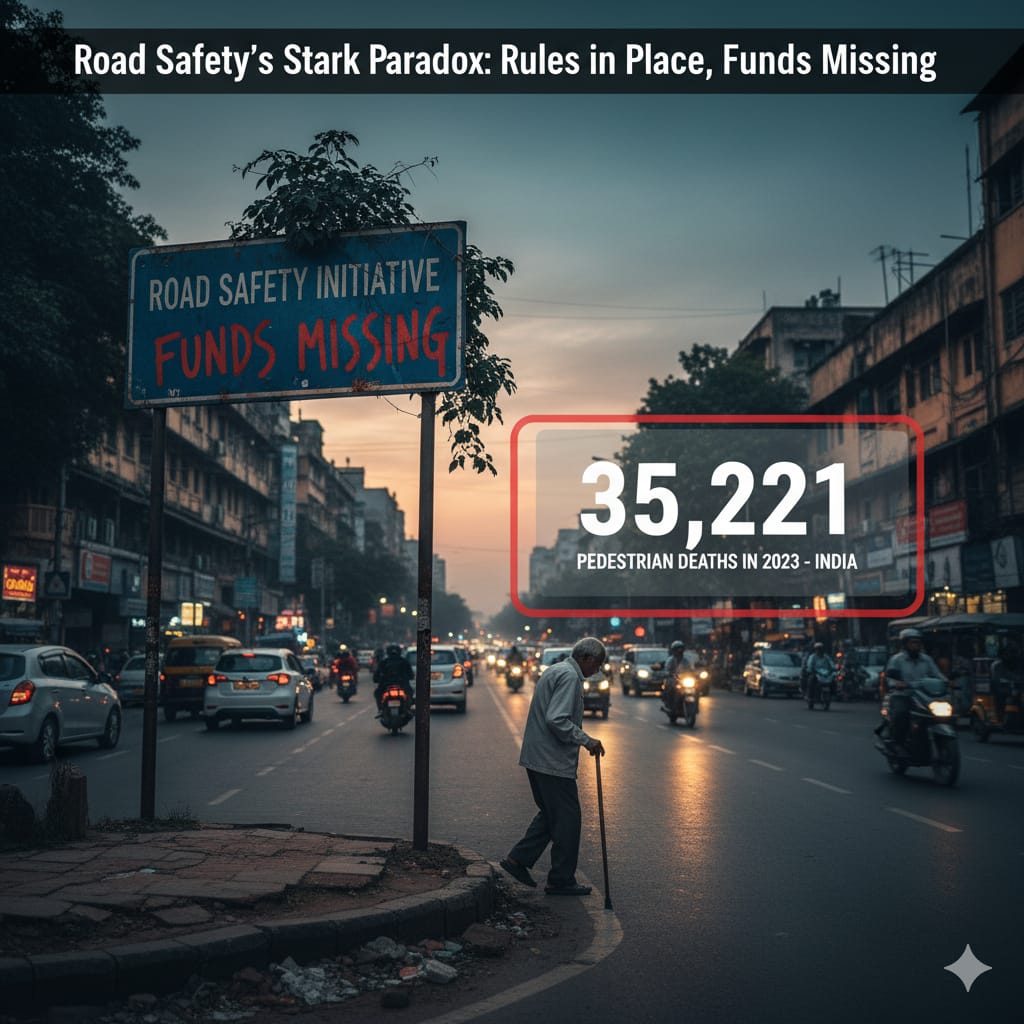
.jpeg)
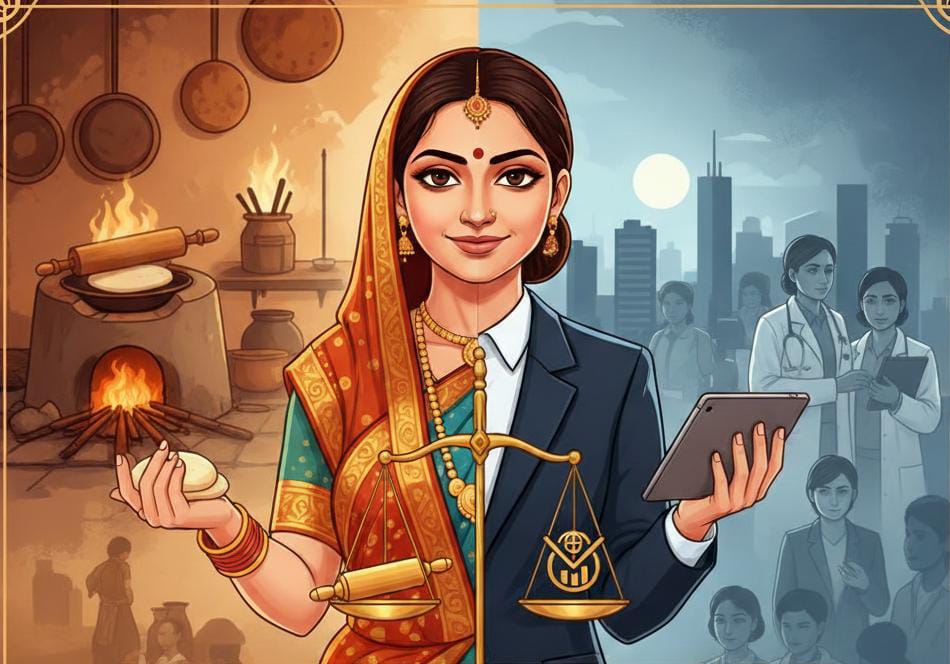
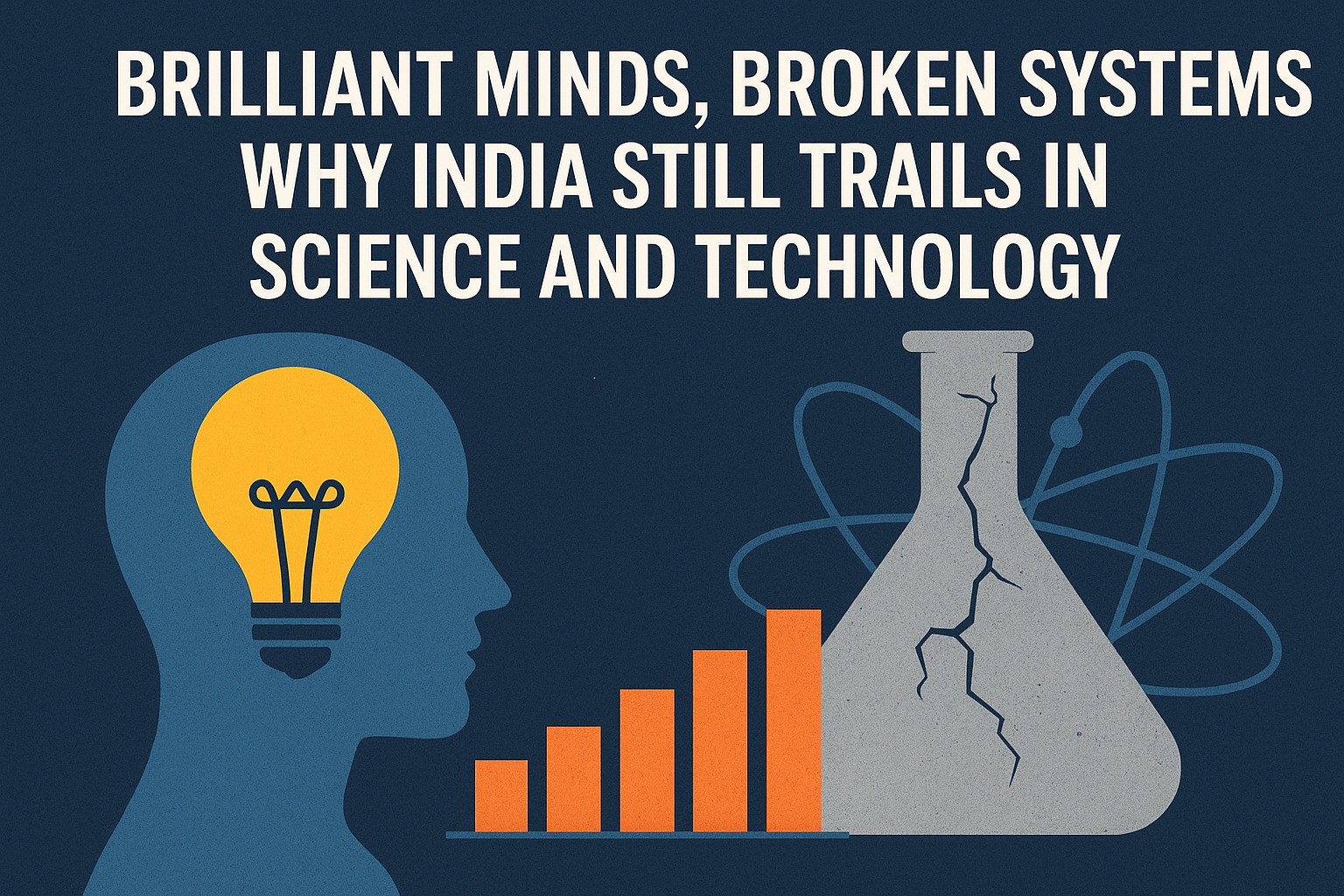


.jpeg)
